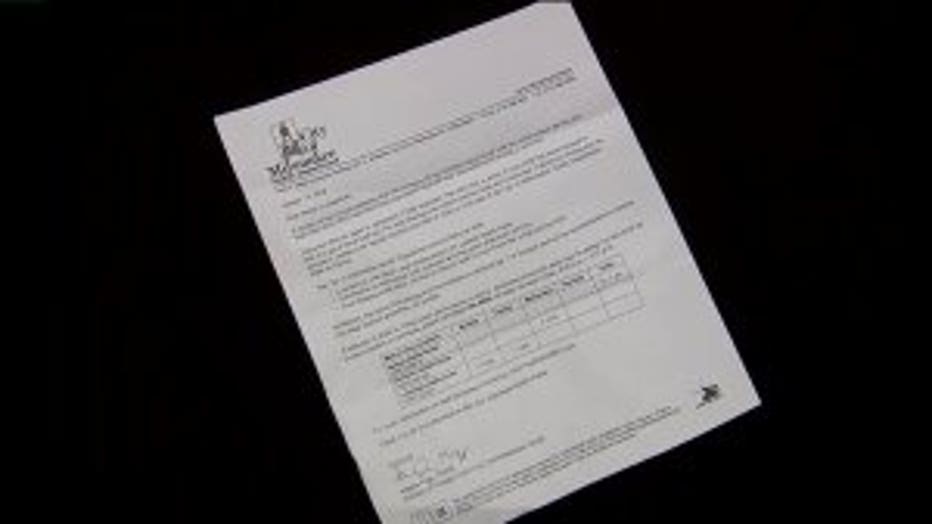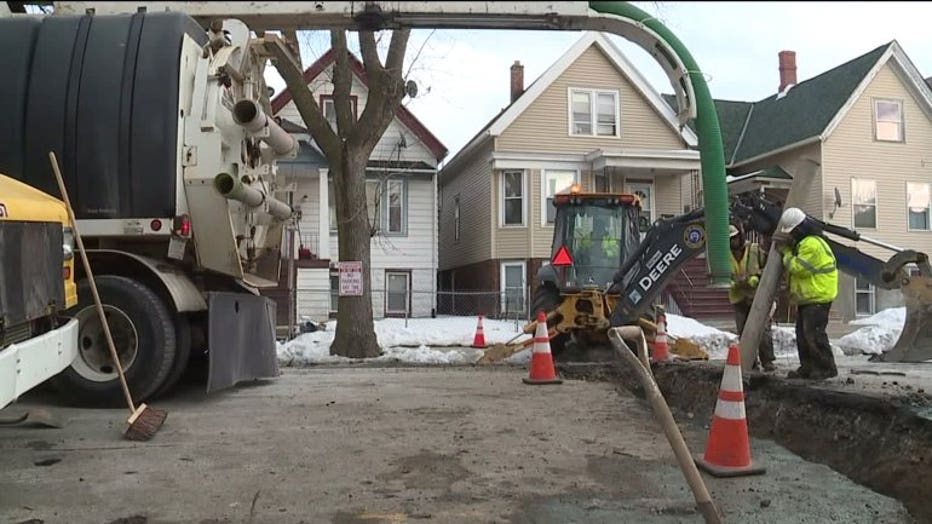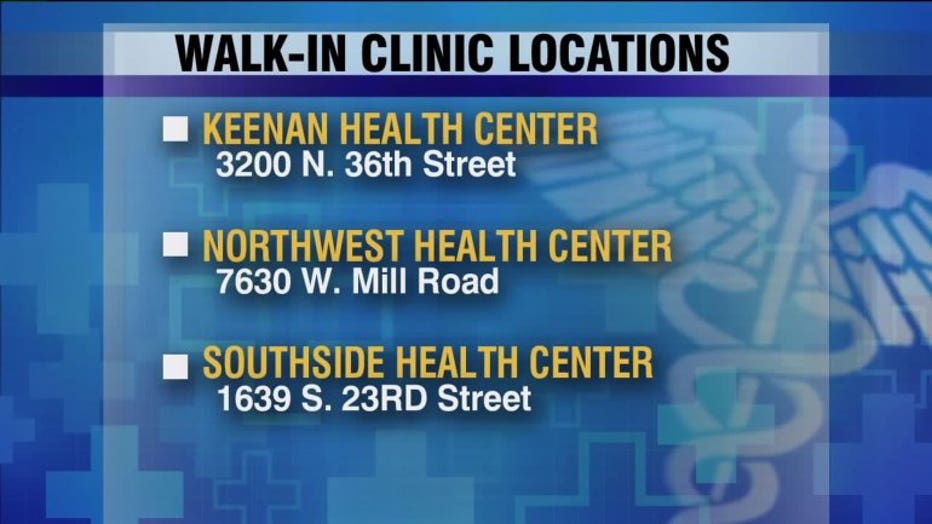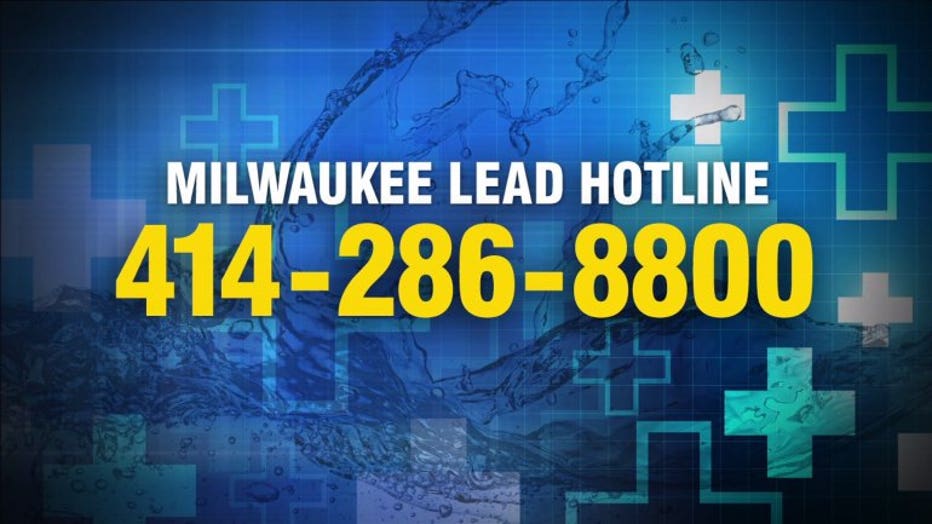Report reveals at least 2 children with elevated levels of lead released to homes not deemed "lead safe"
MILWAUKEE -- Milwaukee Mayor Tom Barrett on Monday evening, Jan. 29 held a press conference to discuss a 51-page report issued to his office and the Milwaukee Common Council by the Milwaukee Health Department -- a report requested by Mayor Barrett amid an assessment into potential mismanagement and shortfalls related to the "Lead Poisoning Prevention Program." It was recently revealed that follow-up letters from the health department to families with children who have tested positive for elevated levels of lead may not have been sent.
In response, Mayor Barrett called upon the health department to provide a full accounting of actions taken to date, and a corrective action plan as city leaders try to understand the scope of the issues and their impact on the community.
"The report contains much of what I have already reported to you, including that there were deficiencies in documenting whether follow-up was conducted to parents after an elevated blood lead level was reported by a medical provider," Barrett said.

Letter sent to parents on lead concerns
Barrett said more than 6,000 letters have since been sent to families impacted -- addressing that issue.
Mayor Barrett said when a child tests over five, and under roughly 20 for blood lead levels, a letter goes out from the Milwaukee Health Department. If there are multiple readings above 15 or under 20, a health assessment and environmental assessment is conducted at the child's home "to make sure you have the health component and environmental component addressed."
"In most case during the home visit, lead paint is the issue. This is primarily a lead paint issue when we make the environmental assessment. It's primarily a lead paint issue when we're dealing with children with elevated blood lead levels," Mayor Barrett said.
Barrett said there are issues brought to the forefront by the report. He said the report finds that at the highest level of follow-up, nursing referrals were made by the Milwaukee Health Department, but the report found there were at least two children that had blood lead levels higher than 40 who were allowed to be released to a home that hadn't been determined to be "lead safe."



"I've been advised by the department that those two cases were quickly identified and that remedial steps were taken," Barrett said.
Additionally, Barrett said the report revealed there was inadequate documentation as it relates to some home lead level assessments.
"There now appears to be a smaller number, but still a significant number of homes where we don't have documentation as to whether the environmental assessment was made," Barrett said.
He said there are at least 30 addresses where this was the case, and that number could grow to a little more than 100.
"The health department is taking action to address the identified issues," Barrett said.


The report "finds that the City of Milwaukee Health Department Childhood Lead Poisoning Prevention Program is deficient in several areas of its Primary Prevention and Secondary Prevention Program activities. According to the report, "the number of housing units that the health department provides (lead) paint and soil mitigation to has decreased substantially over the past six years, compared to the prior six-year period, as has funding available to the program."
Funding has fallen from a peak of $6 million in 2009 to just over $3 million in 2018.

There are staff assigned to the Lead Poisoning Prevention Program who are either inadequately trained for their job duties, or there are insufficient policies in place to support program operations. The report also shows data-collecting software is out of date.
The report says the health department "has significant opportunities to streamline and strengthen effective primary prevention efforts."
"Secondary prevention requires different levels of intervention, increasing in intensity as the blood lead level increases," the report says. The report notes that the health department "has not provided the necessary level of assurance of appropriate follow-up to elevated blood lead levels during 2015-2017."
When asked who is to blame for the shortfalls, the mayor had this to say:
"I think there is shared responsibility. Obviously as mayor, the buck stops at my desk and I understand that. I think it is important as we look at the funding cuts that have occurred that this is something that is problematic for all of us," Barrett said.
The next step is to make a presentation to the Milwaukee Common Council's Steering and Rules Committee later this week.
Meanwhile, the city has opened three clinics for lead testing, and established a hotline for those with questions. And these letters have been sent to 6,000+ Milwaukee families.



